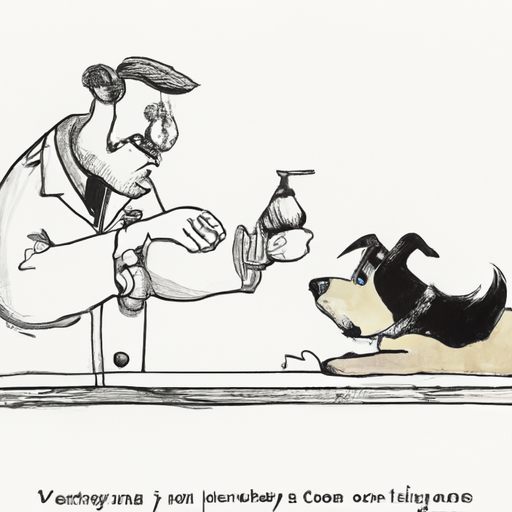Yeast infections in dogs paws can be a pesky problem to tackle. Rest assured, as a caregiver, you have the power to alleviate your pet’s discomfort and help them live a happy, yeast-free life!
H2: Understanding Yeast Infections in Dogs
First, let’s delve into what yeast infections in dogs are. Naturally occurring yeast, known as Malassezia, lives on your dog’s skin, including the paws. When this yeast overgrows, it can cause your dog to experience itching, redness, and discomfort.
Factors that can contribute to yeast overgrowth include:
- Allergies
- Hormonal disorders
- Poor diet
- Antibiotics overuse
H2: Recognizing the Symptoms
Recognizing the symptoms of a yeast infection in your dog’s paws is the first step to getting them the help they need. Symptoms can include:
- Persistent licking or chewing at the paws
- Swelling and redness
- Unusual odor
- Changes in skin color
H2: Effective Treatments
Now, let’s get down to business: how to effectively treat your dog’s yeast infection.
- Topical Treatments: Antifungal creams or wipes can be applied directly to the affected areas.
- Oral Medications: Your vet may prescribe oral medication to fight the yeast infection from the inside out.
- Medicated Baths: A medicated shampoo can help kill yeast and soothe your dog’s skin.
Remember, it’s always best to consult your veterinarian before starting any treatment.
H2: Prevention Tips
Prevention is always better than cure. Here are some tips to prevent yeast infections in your dog’s paws:
- Regularly clean and dry your dog’s paws
- Maintain a balanced diet
- Regular vet check-ups
H2: Natural Remedies
Natural remedies can be a great supplementary treatment. Some popular options include:
- Apple cider vinegar: Dilute with water and apply topically.
- Coconut oil: Can be applied topically or added to your dog’s diet.
- Probiotics: Can help balance your dog’s gut bacteria and prevent yeast overgrowth.
| Natural Remedy | Application |
|---|---|
| Apple Cider Vinegar | Topical |
| Coconut Oil | Topical/Dietary |
| Probiotics | Dietary |
FAQs
Q: Can yeast infections spread to other parts of my dog’s body?
A: Yes, yeast infections can spread to other parts of your dog’s body if left untreated.
Q: How long does it typically take to treat a yeast infection in a dog’s paws?
A: It depends on the severity of the infection. It could range from a week to several months.
Q: Can I use human anti-fungal cream on my dog?
A: It’s always best to consult your vet before using any human products on your pet.
Remember, as a caregiver, your dedication and vigilance can make a world of difference in your dog’s health. You’ve got this!



